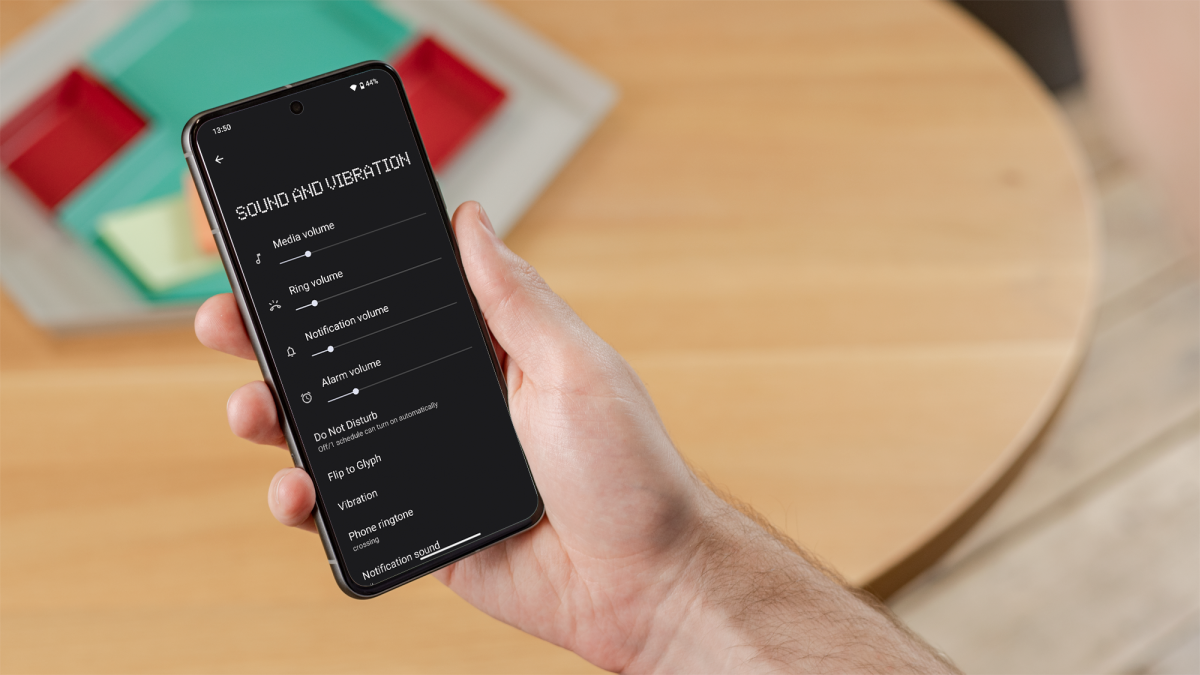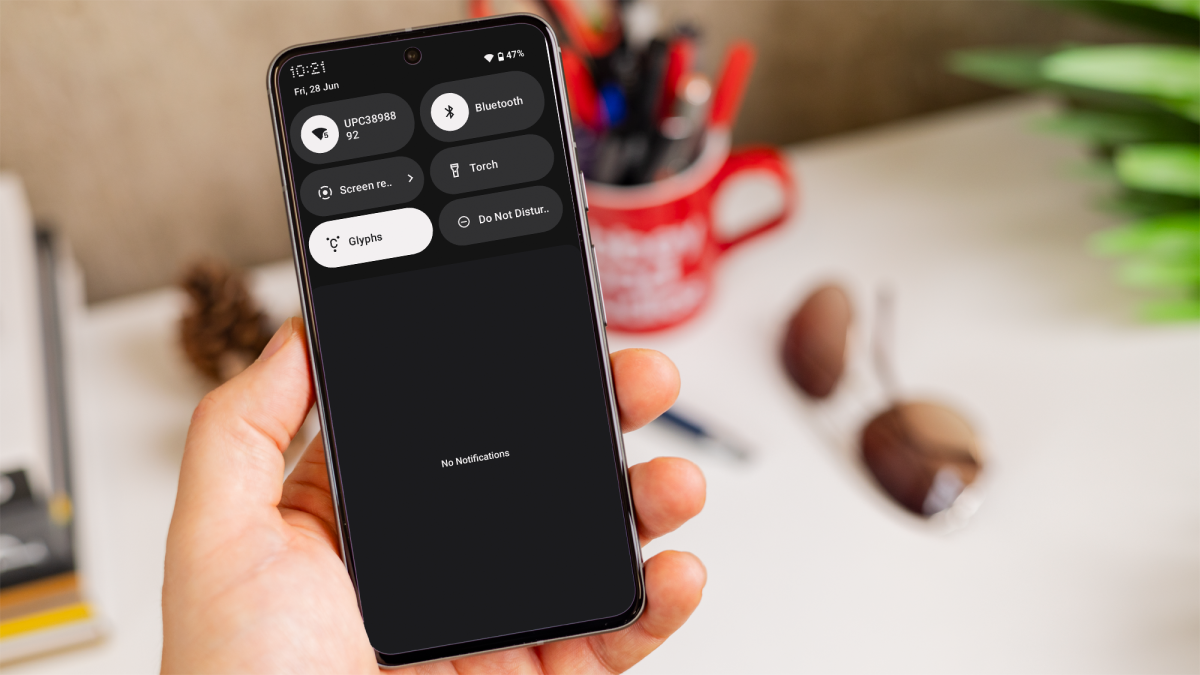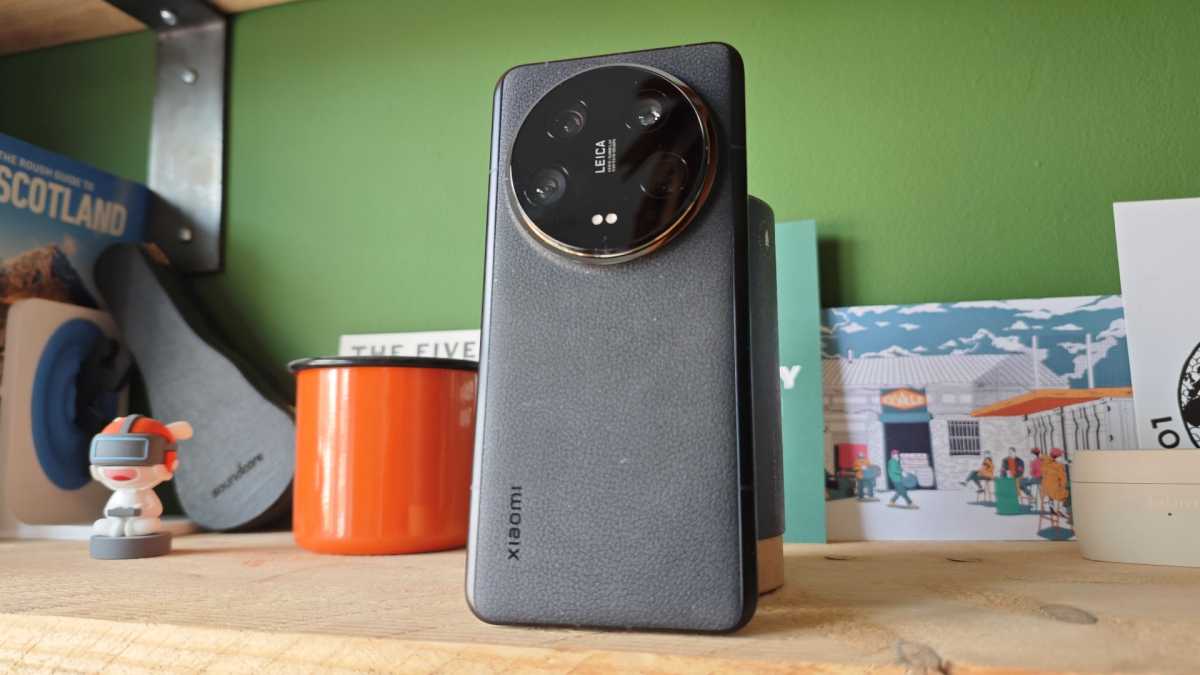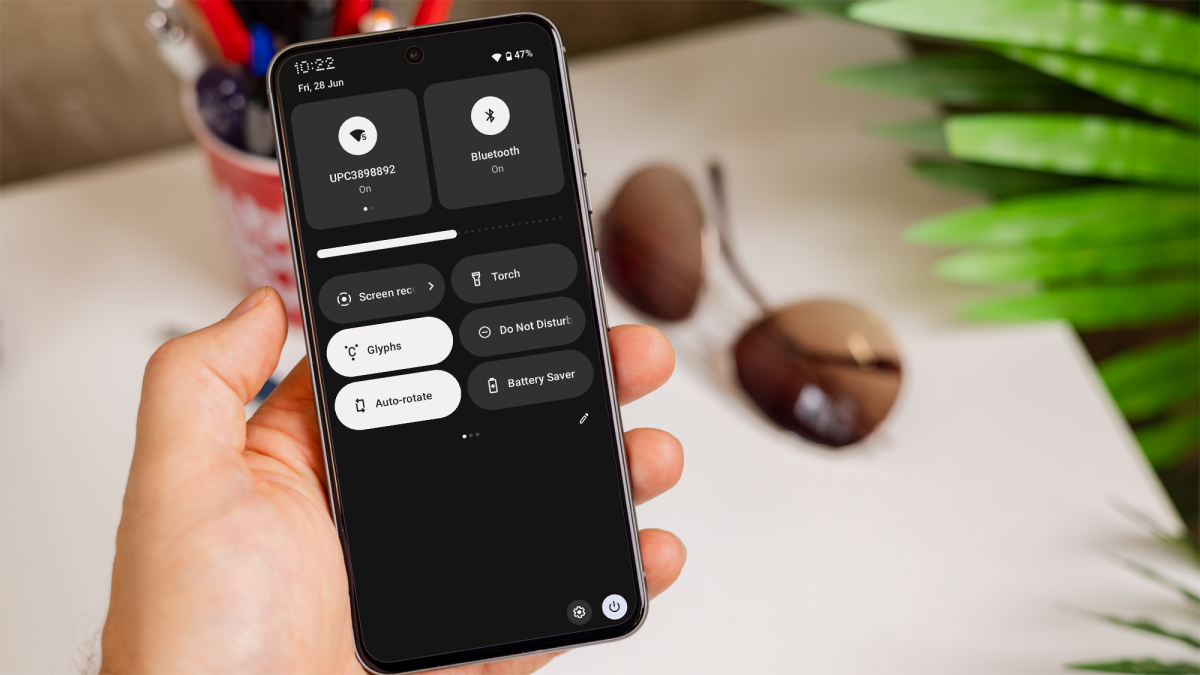We’re in the middle of an arms race at the top end of the phone market, with Samsung, Google, Huawei, and others all duking it out for the most eye-catching foldable design. But if rumors are to be believed (and yeah, that’s a big “if”), Samsung is working on a rolling screen phone that could bring the stuff of science fiction to your very real pocket. The rumor is that Samsung is bringing the Rollable Flex OLED concept display it showed off in 2023 to a mass market design. Korean news outlet The Elec says that this phone would start off with a typical “candybar” form factor, but roll out to a massive 12.4-inch display. That’s about the same size as an iPad Pro, in a gadget you can fit in your pocket (assuming you wear men’s pants, anyway). The phone is said to be earmarked for release in the latter half of 2025, which would put it in the same general rollout as next-gen Galaxy Z phones, presumably the Z7 Fold and Z7 Flip. The only other detail shared is that it uses the under-screen camera the Z series has been showing off for several generations. Folding phones are still a tiny sliver of the market despite the category being more than five years old now. Blame it on those prices creeping up towards the $2000 USD mark, and users hesitant to plop down that much cash for a device that’s inherently less durable than a conventional smartphone. The leak says that Samsung is particularly disappointed in the sales of the Galaxy Z6 and S24 series. Again, that might, just might have something to do with phones that cost more than a month’s rent. But even so, Samsung needs to stay in the high-end status symbol market, if only to keep up appearances. In addition to the usual cutthroat competition with the iPhone, the shine is coming off the Z Fold series. Google’s Pixel 9 Pro Fold is ever-so-slightly thinner and Huawei currently holds the crown for jaw-dropping presentation with the triple-folding Mate XT and its 10.2-inch screen. Samsung needs a new aspirational device, the phone equivalent of a Nissan GT-R, to get people excited about the brand and its down-market devices where the real sales volume and money are. And Samsung is certainly equipped to make that swing. It’s the largest company in South Korea, frequently competing for the most cutting-edge tech in the market with its Display division, and supplies millions of screens a year even to its competitors. Remember, most of the iPhones you see have a Samsung OLED panel inside them. But this is still a huge risk. This kind of form factor would have immense engineering challenges on its way to a retail product, most notably getting a usable battery for a tablet-sized screen into a phone-sized frame. Disappointing performance from split batteries are still one of the big weaknesses in Samsung’s sixth generation of folding phones. The 2023 concept display used a motorized frame to show off the rolling action, with no hands-on demonstrations available. Who knows if that would make it into a final design. So even if this rumor is true, there’s a sizeable chance that Samsung could encounter such difficulty in developing the device that it misses a 2025 release window, or just gets scrapped entirely. But even as someone who waits for a generation or two before buying new tech, I can’t deny that I’m excited. I’ve literally dreamed about a device like this, a phone-sized thingamabob that transforms and rolls out into a laptop-sized display. I hope it’s real, and I hope Samsung can make it a retail reality...
At a glanceExpert's Rating ProsPremium look and feelSnappy day-to-day performanceBig bright displaysClean softwareGreat camerasConsTensor G4 is underwhelmingCharges very slowlyGemini Advanced features require a subscriptionOur VerdictThe Google Pixel 9 Pro Fold is one of the most well-made and premium-feeling book-style foldables money can buy, and it’s a delight to live with. Strong competition from the likes of Samsung and Honor complicates things, though, and if you’re seeking the best bang for your buck, this is not it. Google’s original Pixel Fold was a bit of an outlier, launching separately to the brand’s other devices, in between the Pixel 7 series and Pixel 8 series. It was Google’s most premium and expensive handset ever, yet only a few months after its launch, it already felt outdated. It was rocking the Tensor G2, while the Pixel 8 devices had the Tensor G3. Then there was the design, which was unlike any other foldable on the market, with a wide, squat cover screen that was almost passport-shaped. Not to mention some massive bezels on the inside screen. Some loved it, but many weren’t so convinced. With the introduction of the Pixel 9 Pro Fold, everything has changed. It’s now part of the mainline Pixel 9 family, which means the specs are bang up to date, and it has a much more traditional shape, almost feeling like a regular candybar handset when folded down. On first impressions, it seems Google is doing everything right this time around, and it feels like a truly premium flagship foldable. However, the competition is more fierce than ever. Honor’s Magic V3 feels impossibly thin and light, while Samsung’s Galaxy Z Fold 6 is the brand’s most refined folding handset to date. Does the Pixel 9 Pro Fold have what it takes to compete? I was determined to find out, and after using it as my main device for the past week, here’s everything I learned. Design & Build 155.2 x 150.2 x 5.1 mm unfolded 162.5 x 75.8 x 8.9 mm folded IPX8 rated, 257g The first thing that struck me about the Pixel 9 Pro Fold is how sturdy and well-made it feels. I’ve tried just about every large format foldable in 2024, and something about the Pixel makes it feel more expensive and premium than the rest. ![]()


![]()


![]()


![]()


![]()


![]()


![]()


![]()


![]()


![]()
![]()
![]()
![]()
![]()
![]()
![]()
![]()
![]()
![]()
![]()
![]()
![]()
![]()
![]()
![]()
![]() There are two selfie cameras with identical specs, they’re both 10Mp punch-hole units and neither has autofocus. These cameras are good enough for video calls but I found them unimpressive for photos. Lots of my snaps came out looking washed-out, and low-light shots often looked blurry. The good news is that this is a foldable, so it’s just as easy to take selfies using the vastly superior main camera. One thing I wish Google would spend some time improving is its portrait mode. It feels very limited on this phone, especially compared to the Honor Magic V3. It only works on the main camera, and it always applies at least a 1.5x crop to the image. There are no filters, no control over the amount of blur, and the subject detection is a little hit-and-miss. One of the new Fold-exclusive features is something called “Made you look”. It uses the cover screen to display animated cartoon characters to attract the attention of babies and toddlers. I thought this was going to be a gimmick, but when I tried it with my friend’s kid, I was amazed.
There are two selfie cameras with identical specs, they’re both 10Mp punch-hole units and neither has autofocus. These cameras are good enough for video calls but I found them unimpressive for photos. Lots of my snaps came out looking washed-out, and low-light shots often looked blurry. The good news is that this is a foldable, so it’s just as easy to take selfies using the vastly superior main camera. One thing I wish Google would spend some time improving is its portrait mode. It feels very limited on this phone, especially compared to the Honor Magic V3. It only works on the main camera, and it always applies at least a 1.5x crop to the image. There are no filters, no control over the amount of blur, and the subject detection is a little hit-and-miss. One of the new Fold-exclusive features is something called “Made you look”. It uses the cover screen to display animated cartoon characters to attract the attention of babies and toddlers. I thought this was going to be a gimmick, but when I tried it with my friend’s kid, I was amazed. ![]()


![]()


![]()


![]()


![]()


At a glanceExpert's Rating ProsWonderful performanceGreat camera for the priceLightning-fast chargingAll-day battery lifeConsSome software issuesNo water or dust resistanceOur VerdictIf you’re looking for a killer camera phone, the photography chops of the Nubia Z60S can’t be understated at this price point. It’s a perfectly balanced (and professional) smartphone that can do it all, with only a few software issues keeping it from greatness. With its imposing camera array and tempting shortcut slider, the only big question against Nubia’s mid-ranger is whether or not the 2022 chipset can power its ambitions. And after using it as my main phone for an extended period of time, I have plenty of thoughts on how it compares to key rivals around this price point. Design & Build Large and satisfyingly weighty No water or dust resistance rating Programmable switch for launching apps At 220g, the Nubia Z60S Pro is a weighty device – an aspect you’ll sooner attribute to its enormous plate-like camera system than its overall build. And that’s fair: it is rather large. Smooth metal edges also contribute to the heft, but its delicately textured plastic back balances the load while aiding in durability by avoiding the anxiety-inducing effect of glass. What it doesn’t do is aid your grip – despite opting for plastic rather than glass, this is still a slippery phone. On the right side is the device’s entire cluster of buttons and switches. You’ll find a textured copper-coloured power button for bringing the device (and Google Assistant) to life, the usual volume rocker and, more interestingly, a programmable toggle switch. 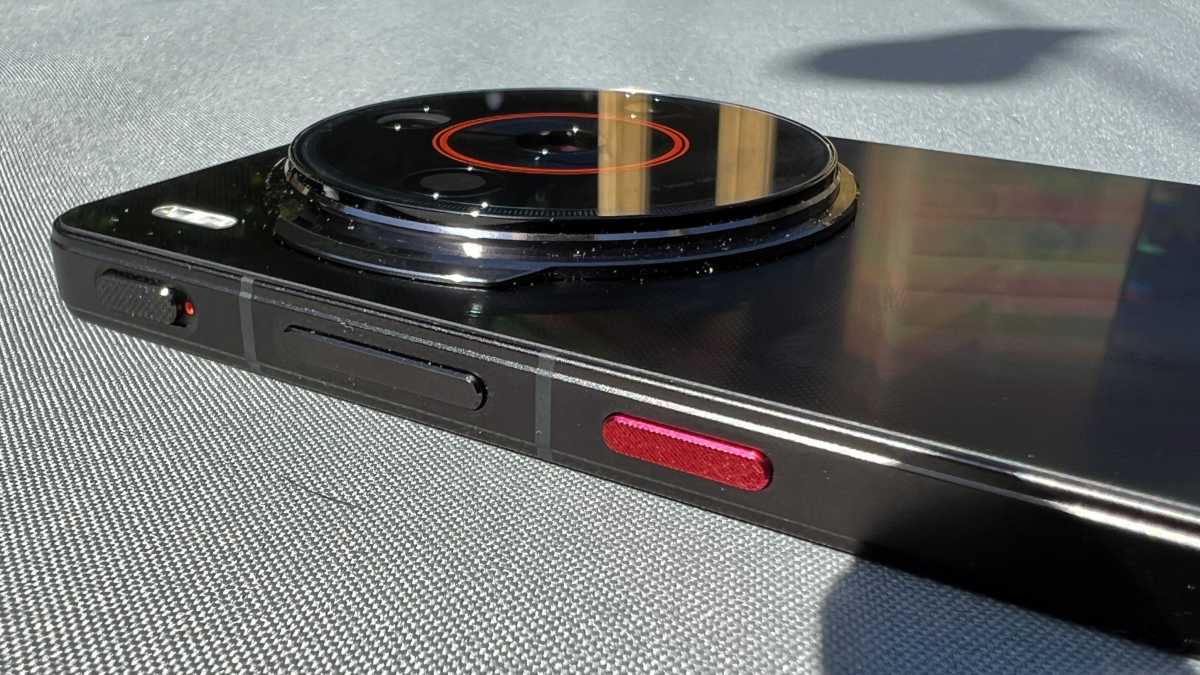





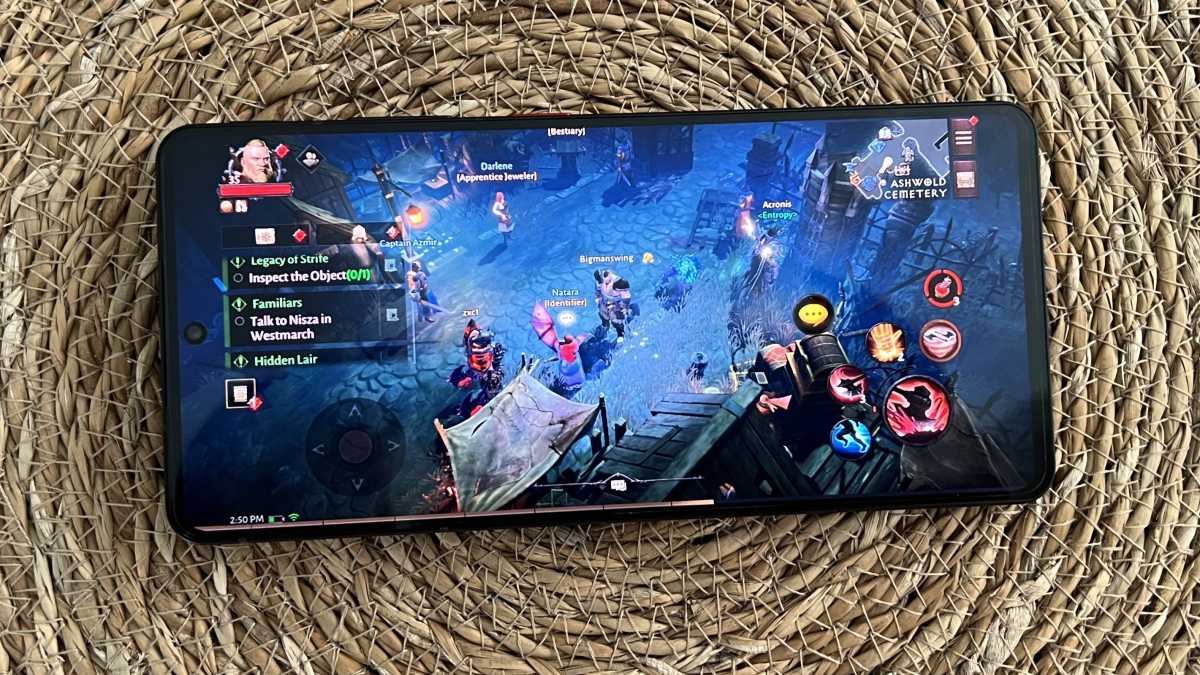


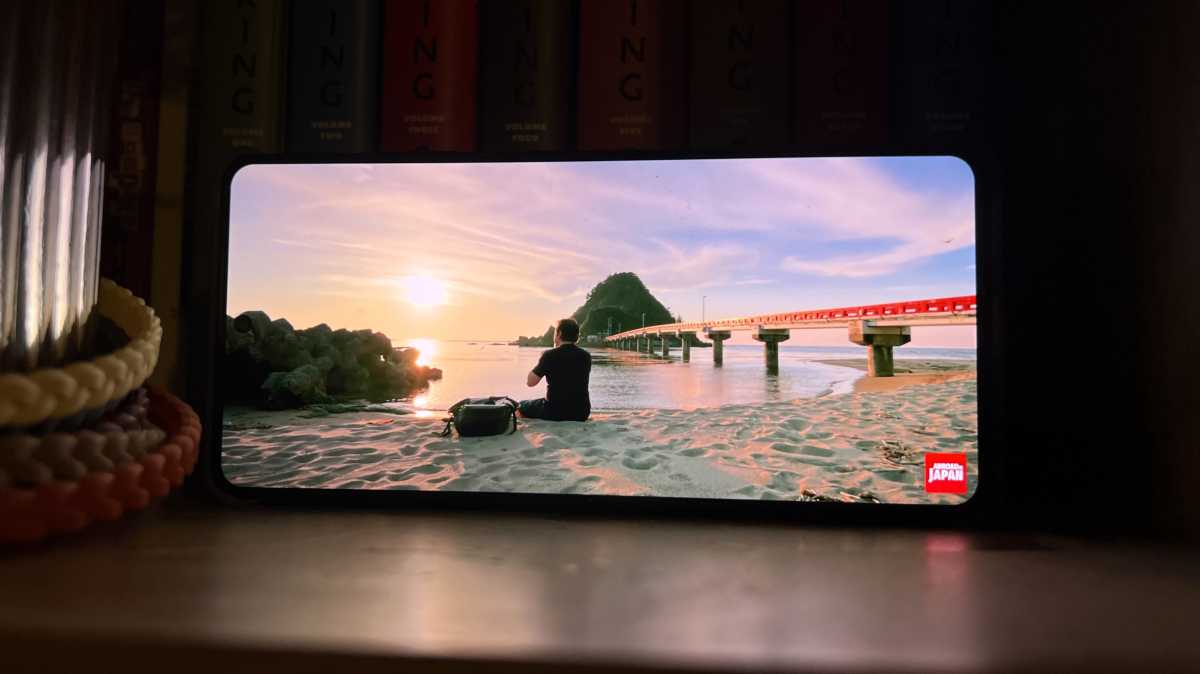


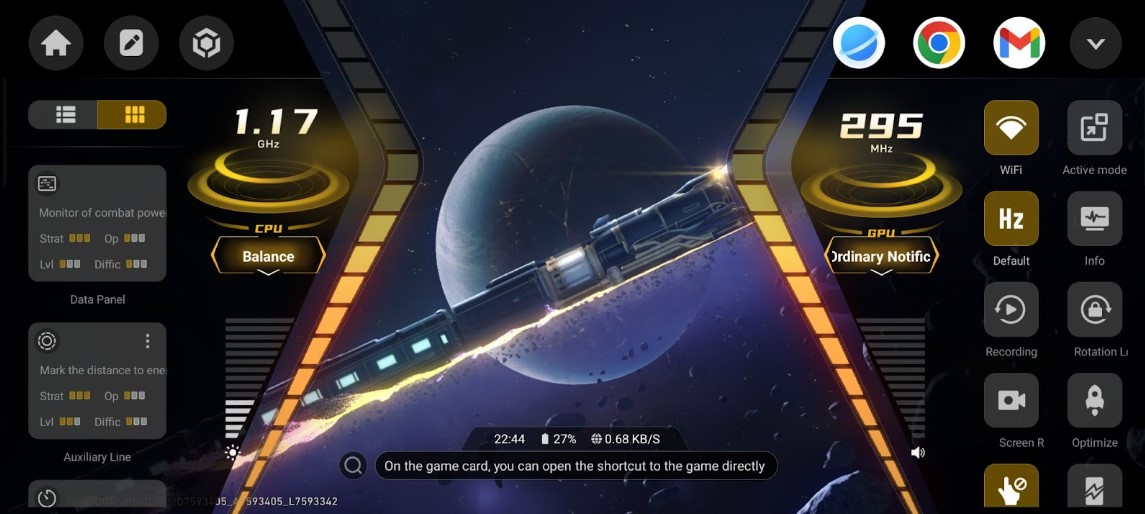


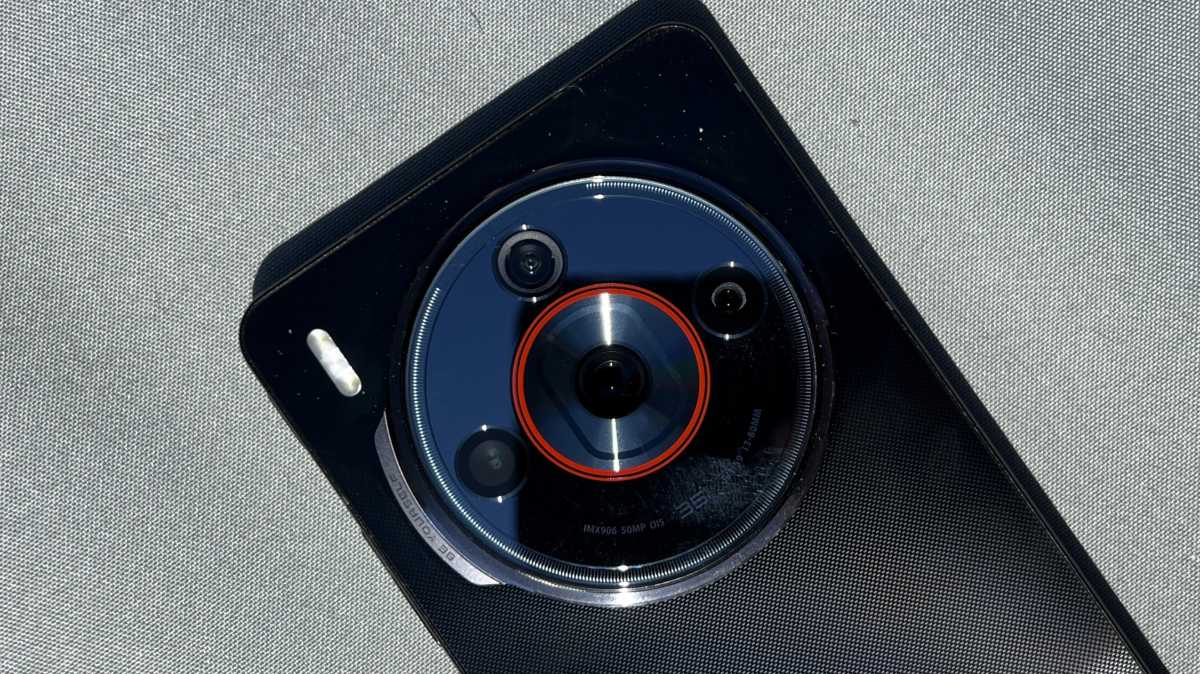


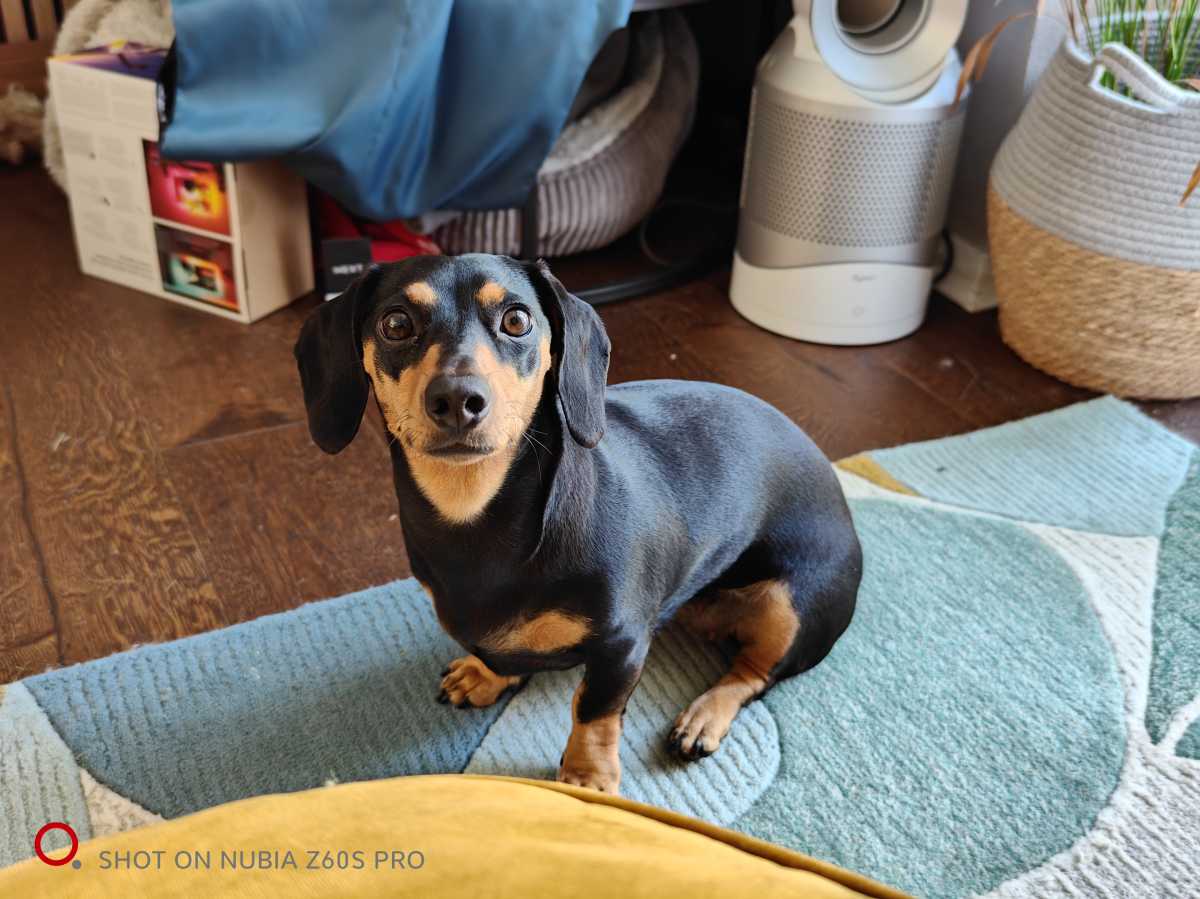





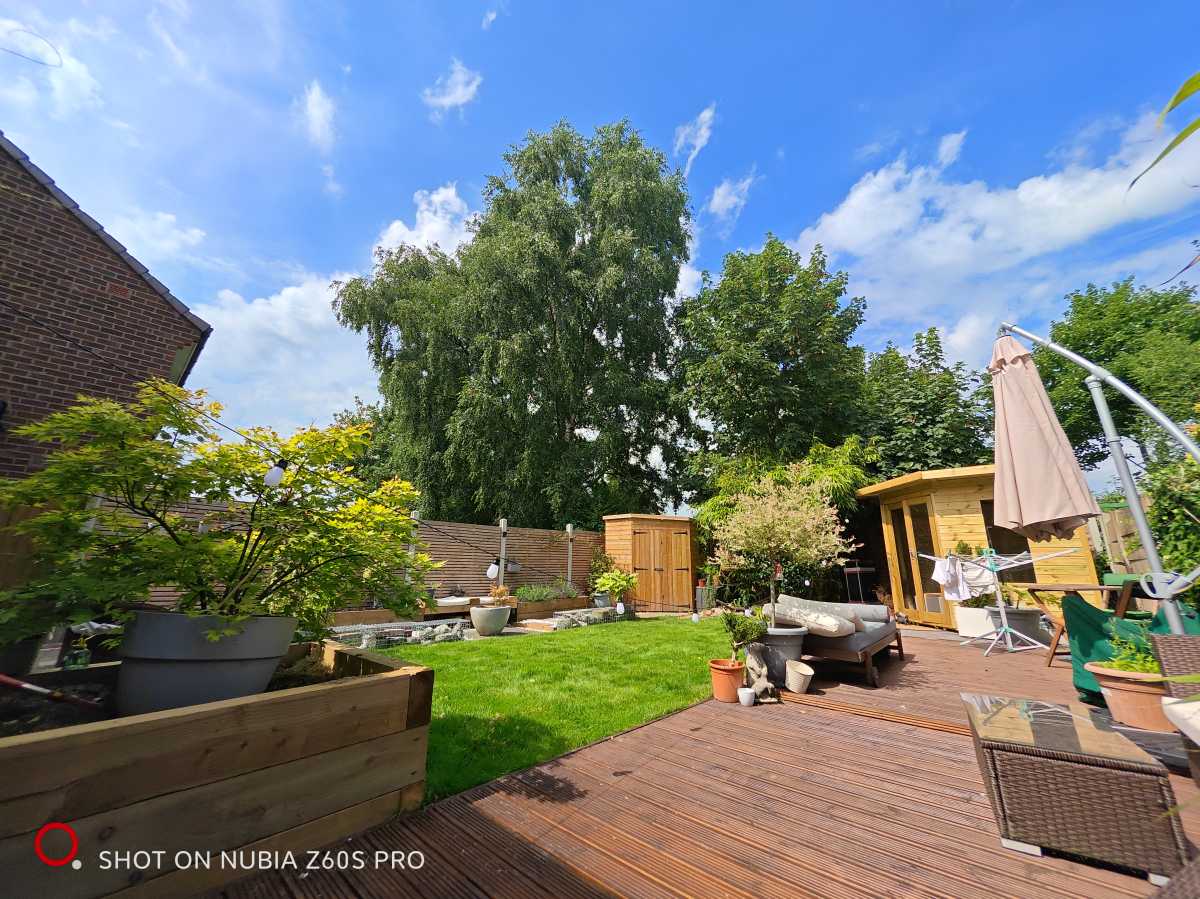
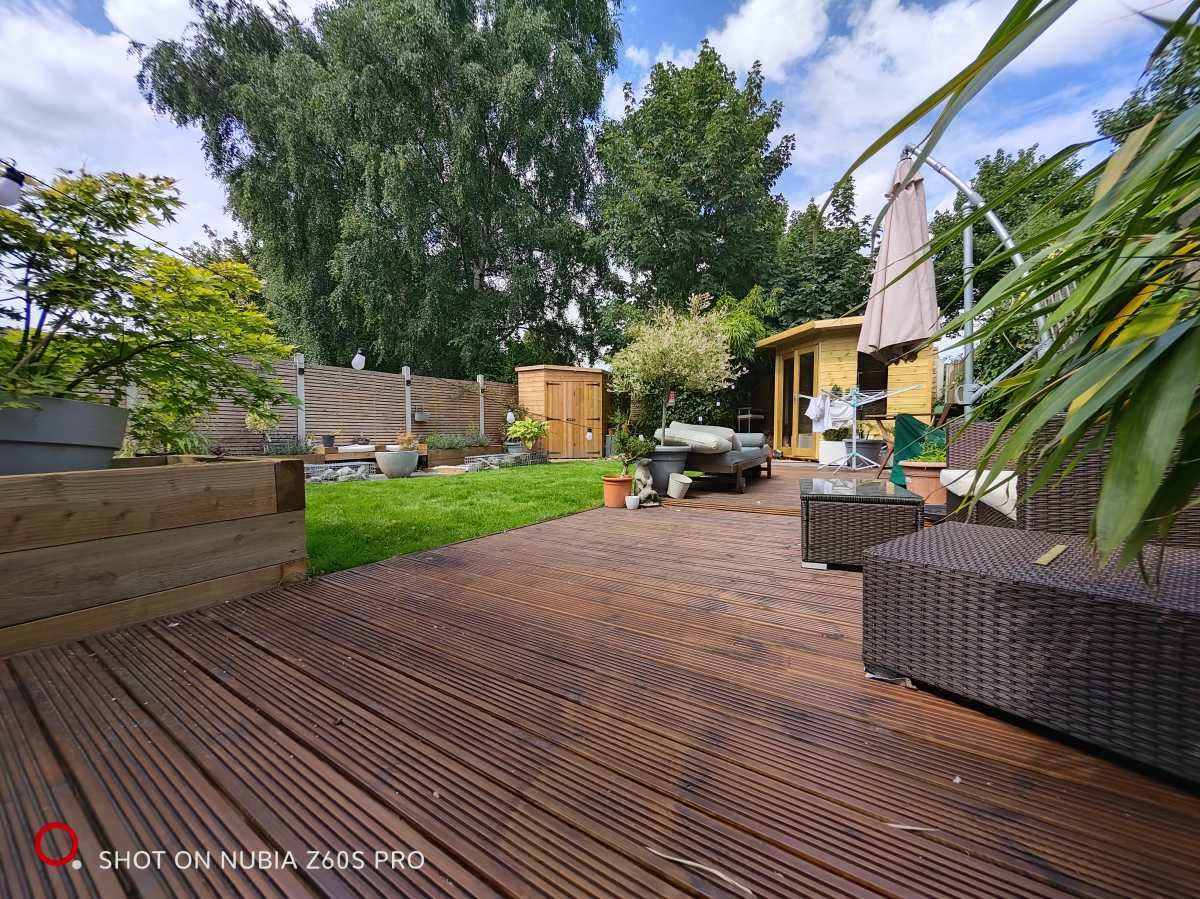
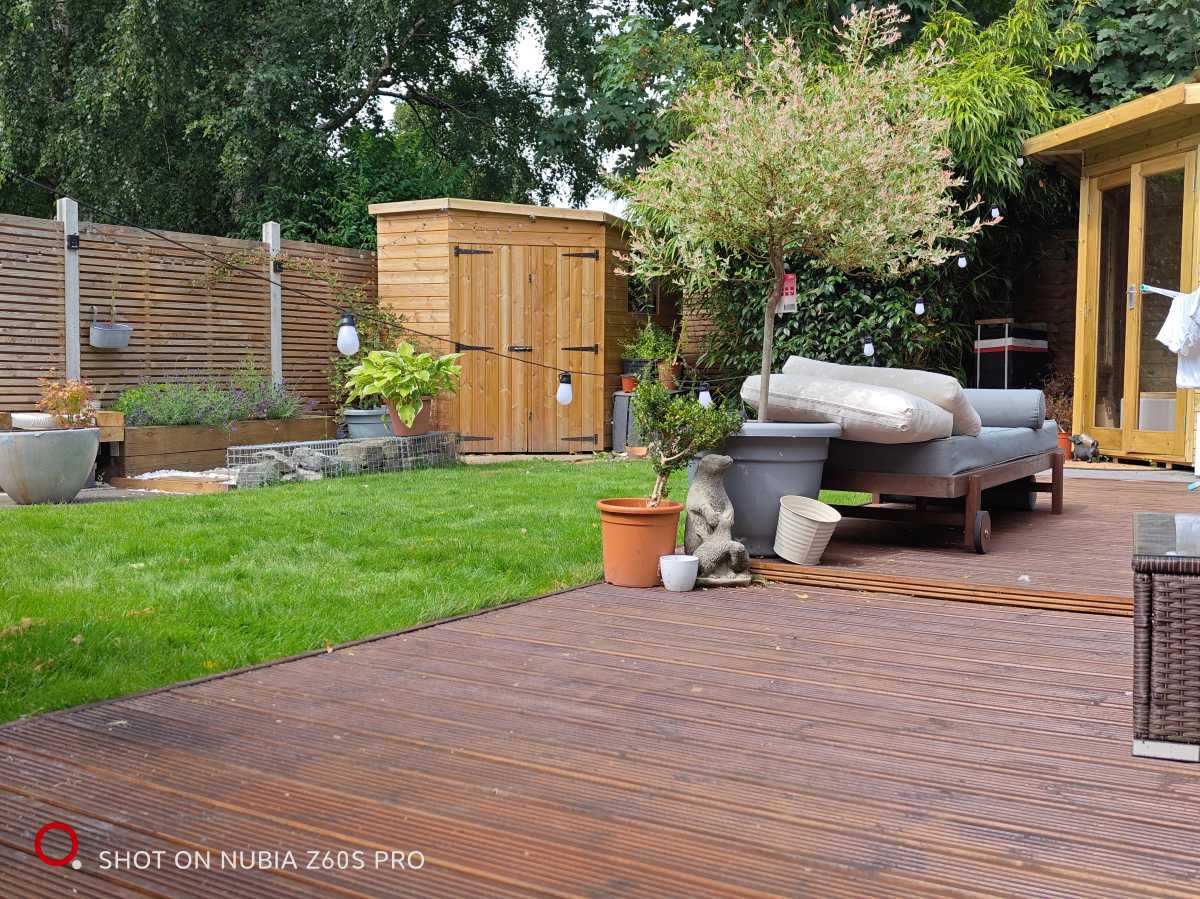
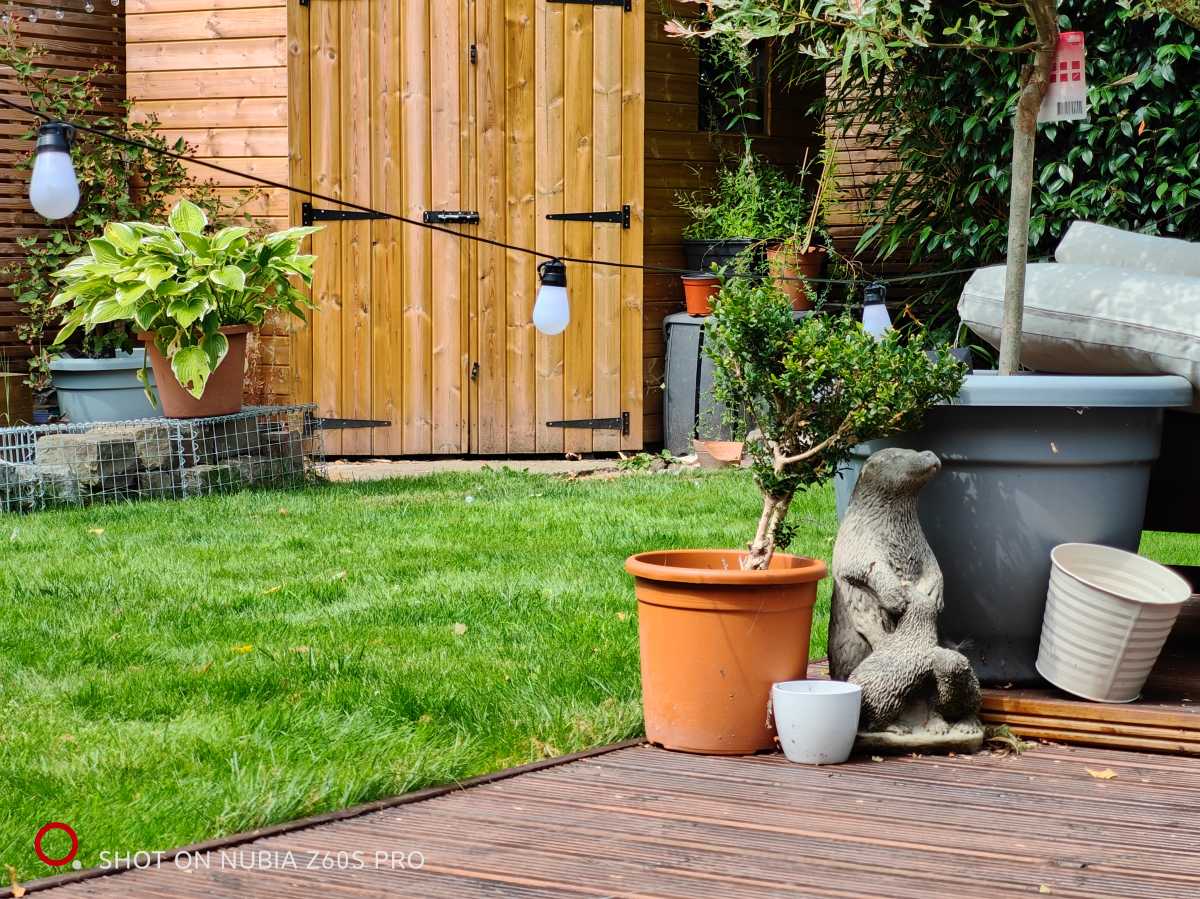
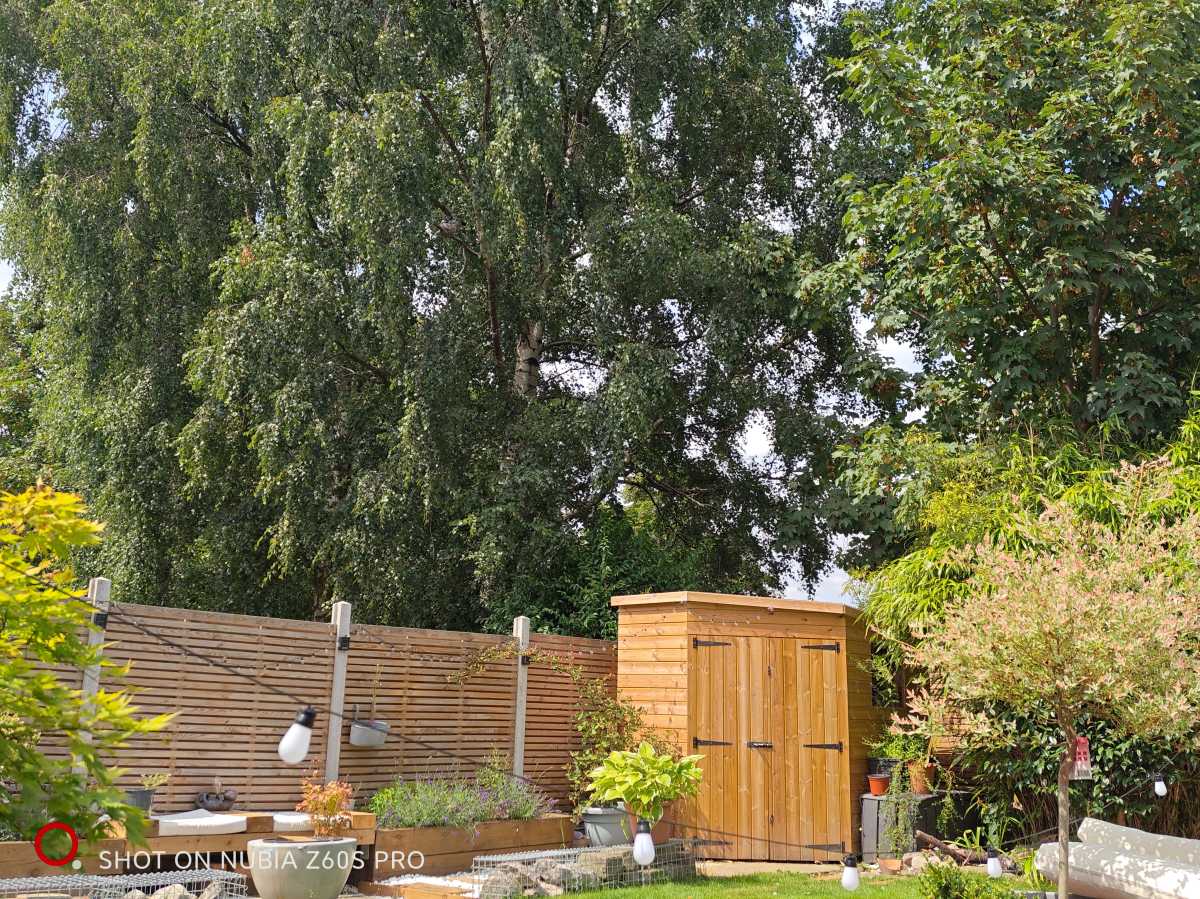


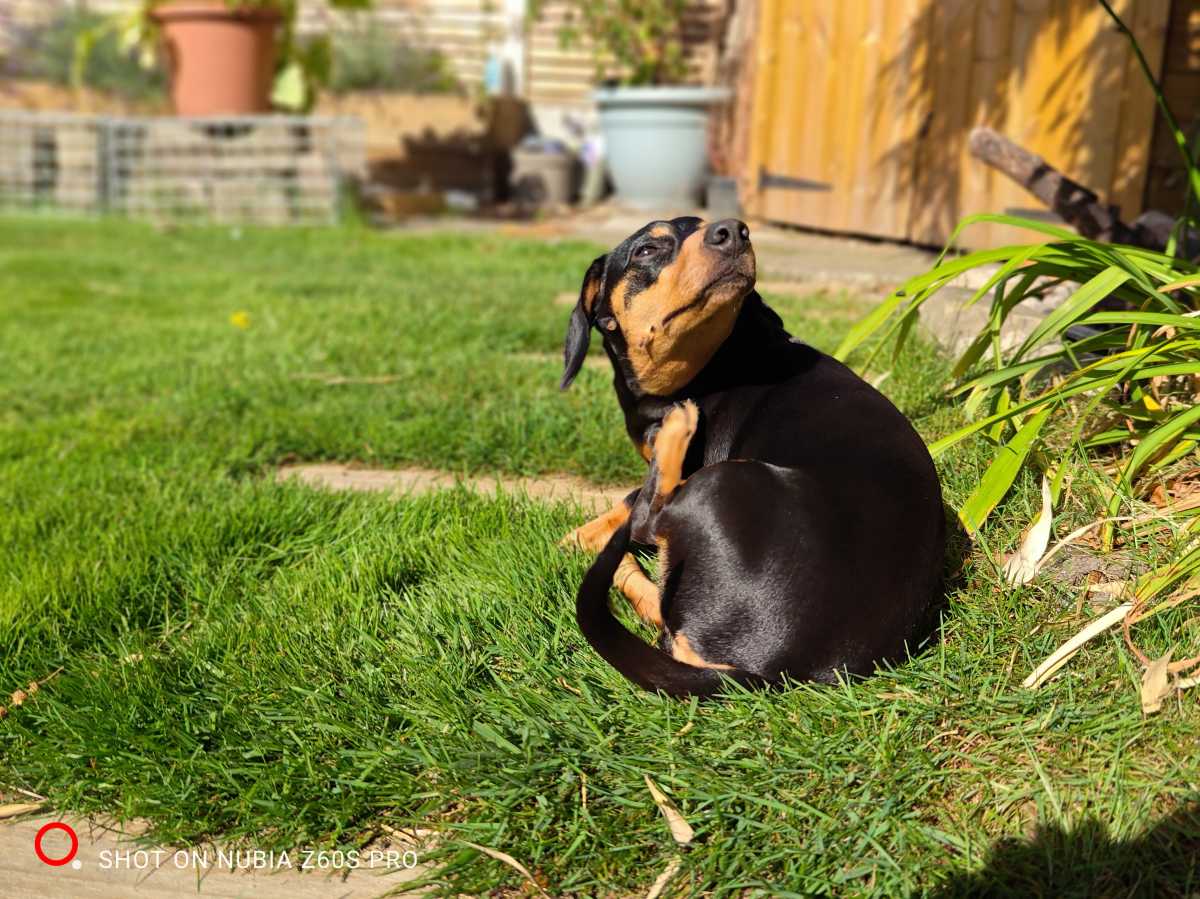 Battery Life & Charging Ultra-fast charging Large 5000mAh cell Standby time needs work The Nubia Z60S Pro comes with a rapid 80W charger and a suitably thick, flexible, and detachable red USB-C cable for charging and rapid data transfer. Plugged in from empty, you can expect a good 63% charge of the 5000mAh battery in 30 minutes. And that’s at the default 45W output. Hop into the battery settings to let the phone heat up a little more to enable full 80W charging from the same plug.
Battery Life & Charging Ultra-fast charging Large 5000mAh cell Standby time needs work The Nubia Z60S Pro comes with a rapid 80W charger and a suitably thick, flexible, and detachable red USB-C cable for charging and rapid data transfer. Plugged in from empty, you can expect a good 63% charge of the 5000mAh battery in 30 minutes. And that’s at the default 45W output. Hop into the battery settings to let the phone heat up a little more to enable full 80W charging from the same plug. 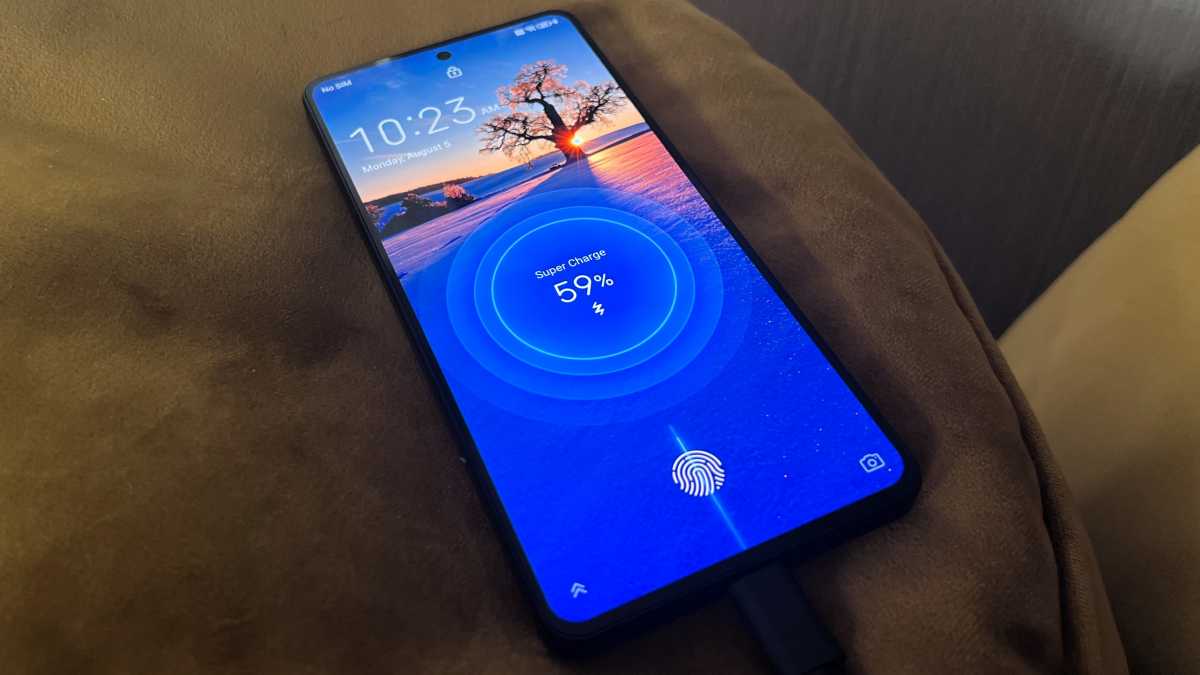


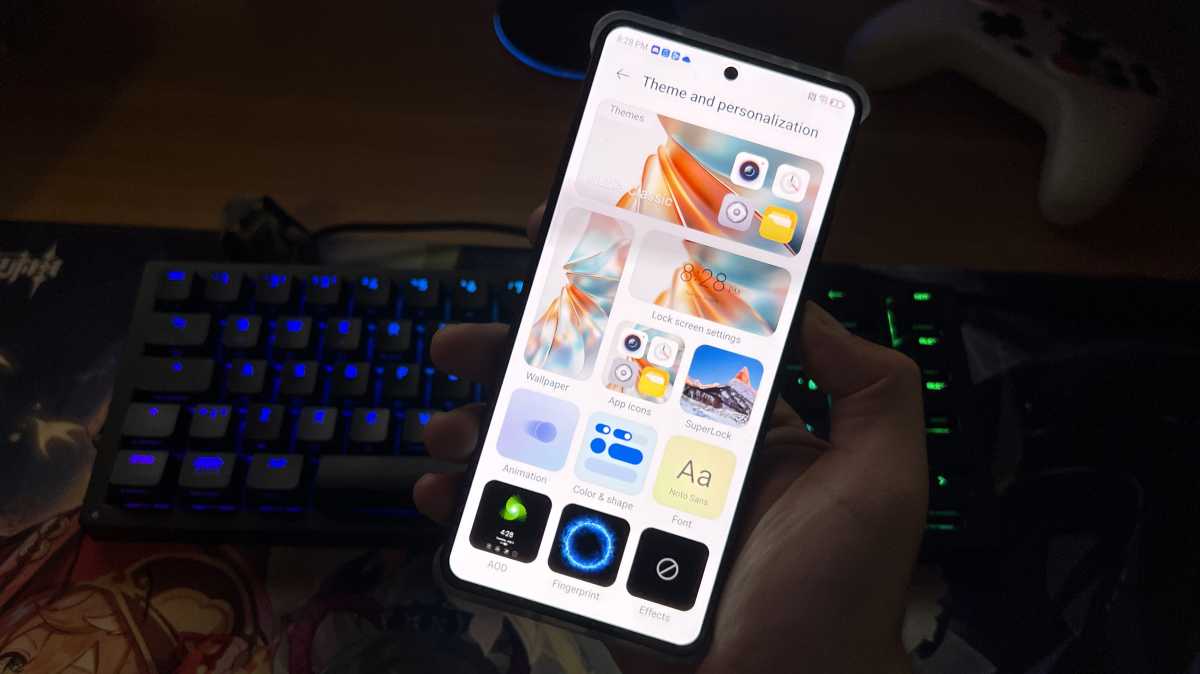


When comparing two feature-packed high-end phones, it’s hard to say that either one is inferior or weak. They always offer the best of everything, albeit with differences in individual details or purpose. The Galaxy S24 Ultra and Xiaomi 14 Ultra are flesh-and-blood flagships that run under the control of the most powerful mobile processor on the market and their camera setups allow you to think about serious photography and filming. However, which will be the better buy for you? We’ve compared the two models to help you make that decision. Differences between the Xiaomi 14 Ultra and the Galaxy S24 Ultra Design & Build The Galaxy S24 Ultra is comprised of tempered glass sheets on the front and rear, joined by a metal frame. The Xiaomi 14 Ultra has the same design, although another option is a model with an eco-leather back. Each of the phones can also have titanium components. The casing of each of the compared models is waterproof, as confirmed by their IP68 rating. However, Samsung’s signature features are the heavily angular corners and the stylus housed within the case. 







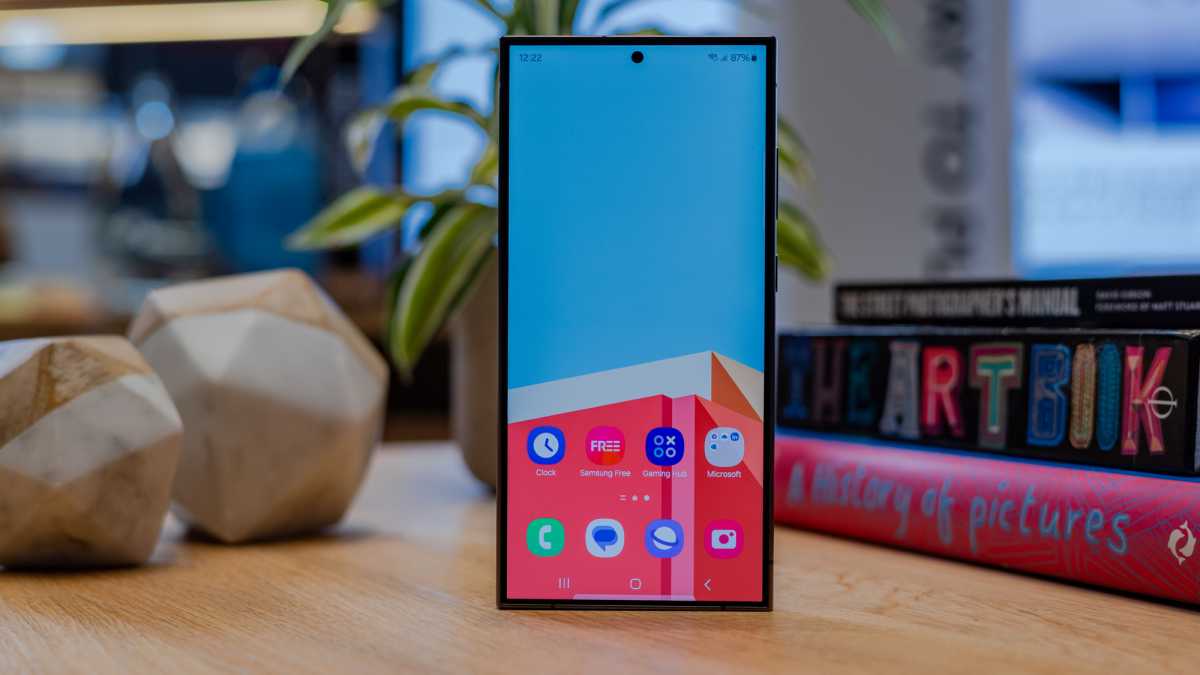





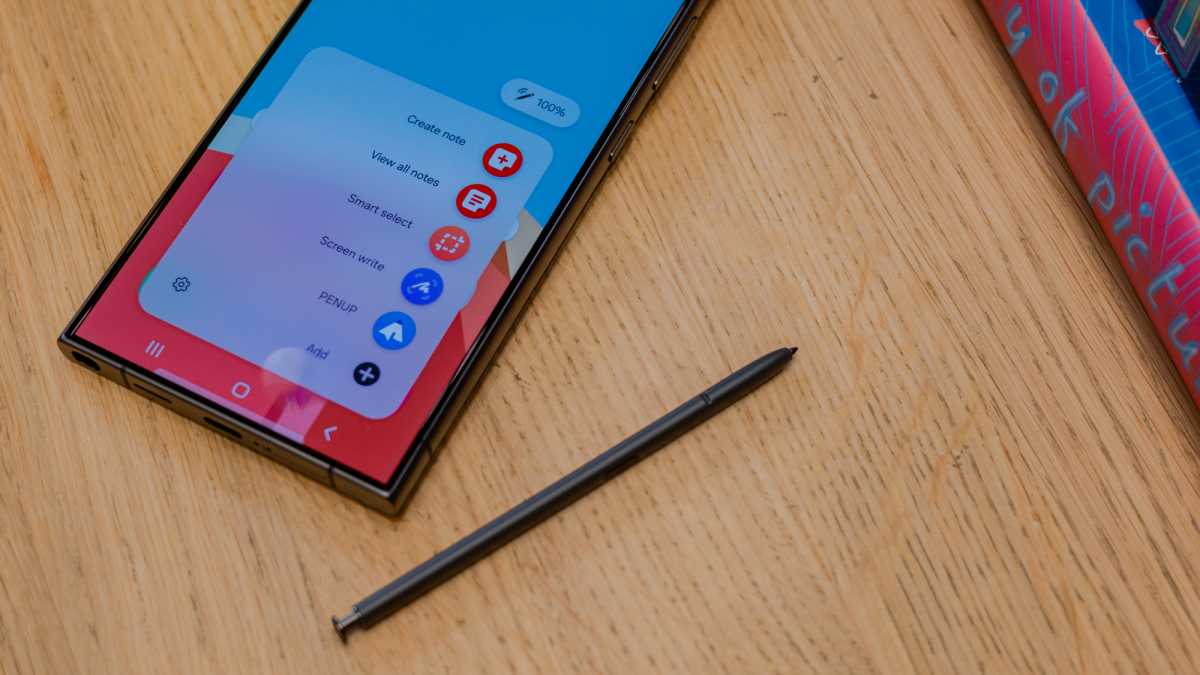








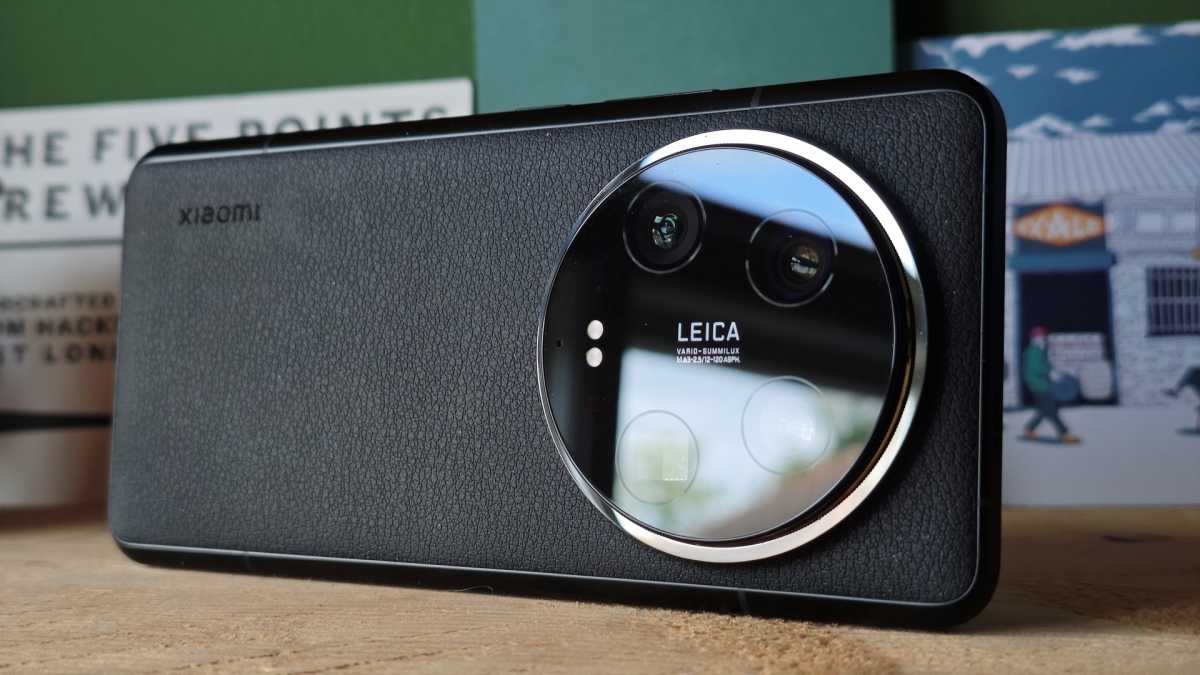


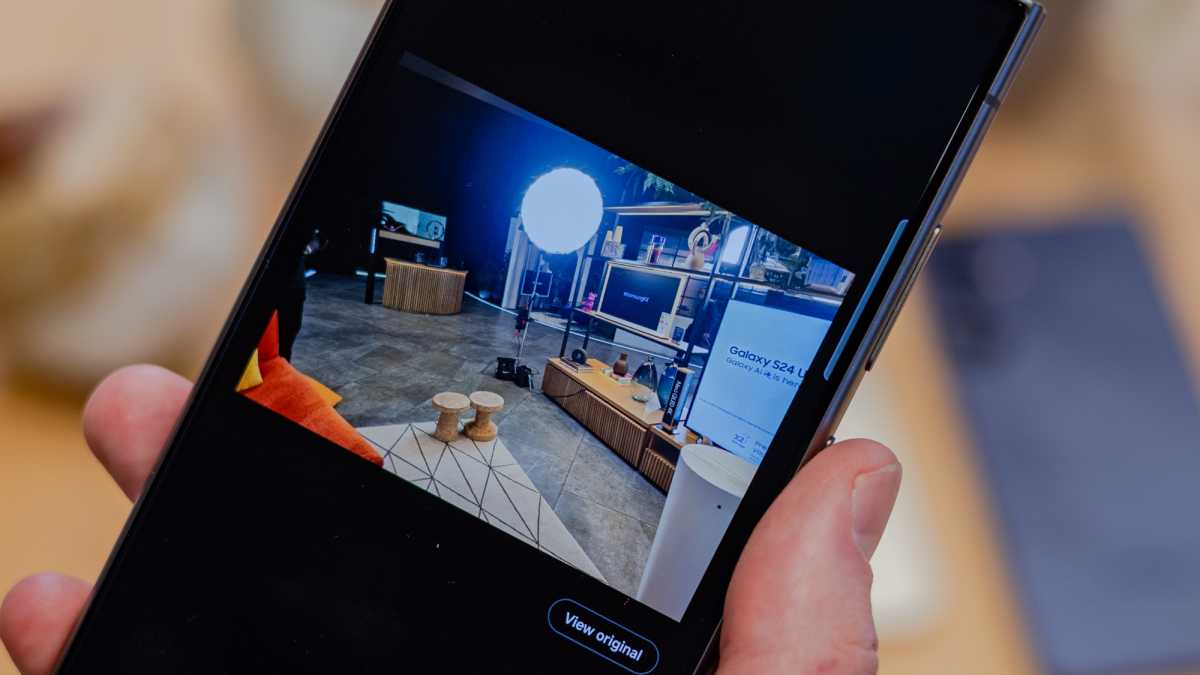





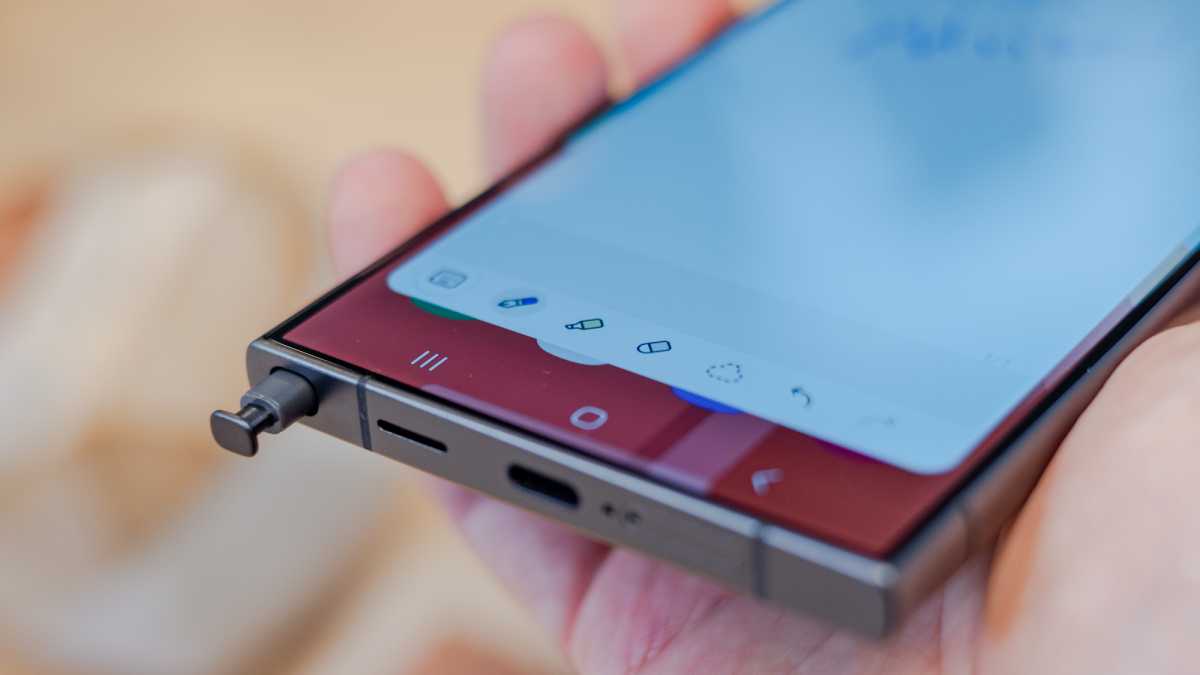



Read our review The Galaxy S24 Ultra starts at £1,249/$1,299.99 for the 256GB model, but 512GB (£1,349/$1,419.99) and 1TB (£1,549/$1,659.99) versions are also available. It’s available to buy direct from Samsung UK and Samsung US, but also via a variety of third-party retailers and carriers. See the full range of options in our separate article on the best Galaxy S24 deals. Samsung Galaxy S24 Ultra
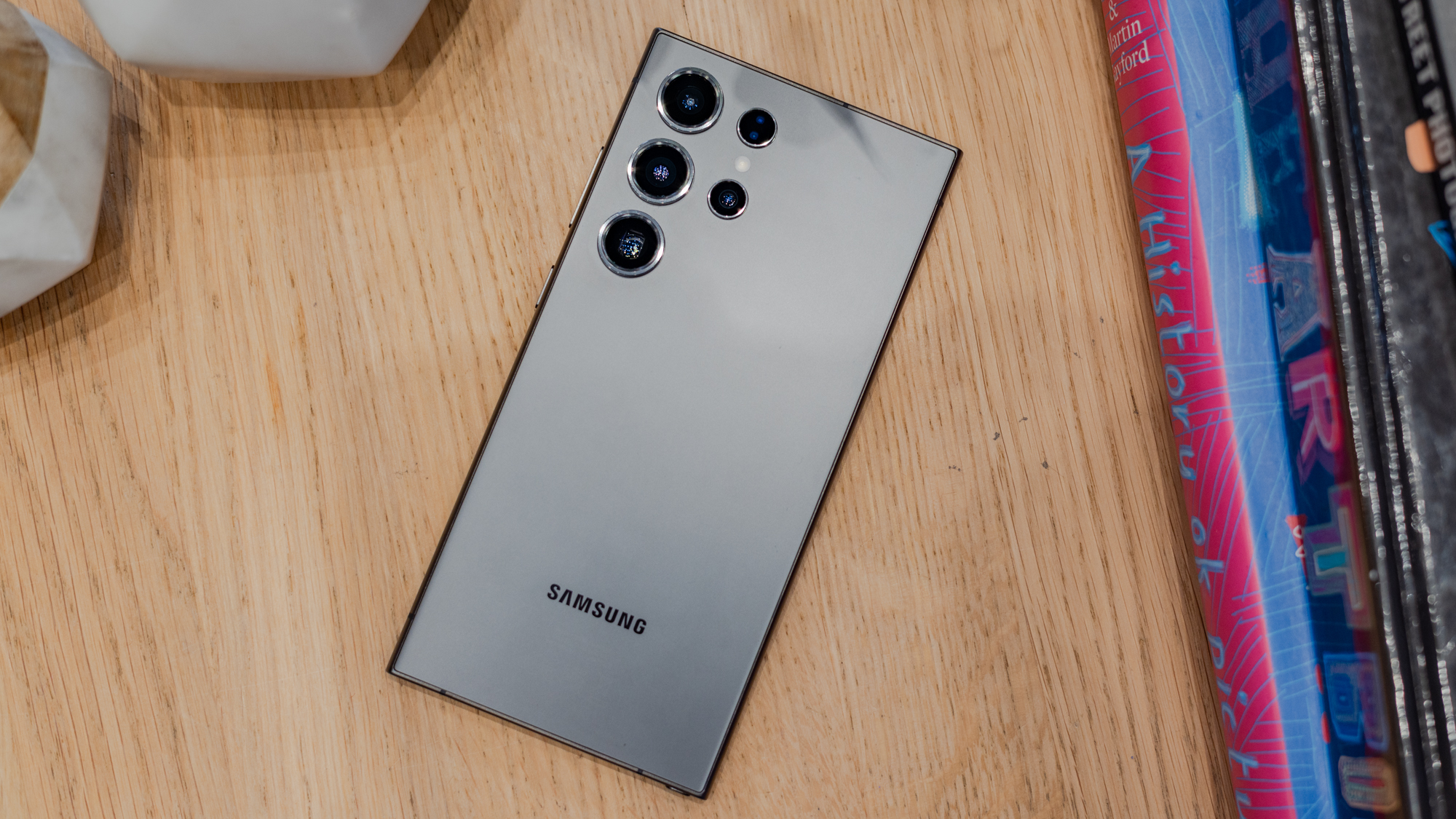
Read our review Best Prices Today: $1,174 at Amazon Verdict Both the Galaxy S24 Ultra and Xiaomi 14 Ultra are top-of-the-range flagship models with minimal drawbacks, making the choice dependent on specific preferences. The Galaxy S24 Ultra is ideal for those who appreciate stylus use, Samsung’s One UI, Galaxy AI and seven years of software support. In contrast, the Xiaomi 14 Ultra excels in fast charging and superior photo capabilities, despite having less polished software. Pricing favours the Galaxy S24 Ultra, which is cheaper in the UK and available in the US, unlike the Xiaomi 14 Ultra. Ultimately, the Galaxy S24 Ultra is the better buy for most people, though the Xiaomi 14 Ultra is an excellent choice if its specific features align with your needs. Specs Samsung Galaxy S24 Ultra: Android 14 with One UI 6.1 and Galaxy AI Seven years of software updates 6.8-inch, 120Hz, WQHD+, LTPO AMOLED display Snapdragon 8 Gen 3 for Galaxy chipset 12GB RAM 256/512GB/1TB storage 5000mAh battery 45W wired charging 15W wireless charging 200Mp f/1.7 main camera 12Mp f/2.2 120˚ ultrawide camera 50Mp f/3.4 5x optical telephoto camera 10Mp f/2.4 3x optical telephoto camera 12Mp f/2.2 front facing camera 5G Wi-Fi 7 Bluetooth 5.3 IP68 Gorilla Glass Armor (front), Gorilla Glass (back), titanium frame S Pen (integrated) 162.3 x 79 x 8.6mm 233g Xiaomi 14 Ultra: Android 14 w/ HyperOS 1.0 6.7in WQHD+ AMOLED 1-120Hz display, 240Hz touch sampling, Dolby Vision, HDR10+ In-display fingerprint sensor Xiaomi Shield glass front Qualcomm Snapdragon 8 Gen 3 16GB RAM LPDDR5X 512GB UFS 4.0 non-expandable storage 50Mp, f/1.63-4.0, main camera with OIS 50Mp, f/2.2 wide-angle camera 50Mp, f/2 telephoto 3.2x camera with OIS 50Mp, f/2.5 periscope 5x cameras with OIS 32Mp, f/2.0 front-facing camera Dual speakers with Dolby Atmos 5G WiFi 7 Bluetooth 5.4 USB-C port IR blaster NFC Dual-SIM 5000mAh battery 90W fast charging 80W wireless charging 10W reverse wireless charging 161.4 x 75.3 x 9.2mm 219.8g Launch colours: Black, White ...
There’s no denying that everyone kept an eye on the launch of the new Samsung Galaxy S24 series. The Snapdragon 8 Gen 3, extensive use of AI, longer support—all of this has filled every fan of the brand with optimism. The Galaxy S24 Ultra, the most powerful of the series, is very similar to the Galaxy S23 Ultra but also brings a little something new. So, are we dealing with a revolution or revolution? And is there any point in spending a second time on almost the same thing? Let’s find out by pitting the two models against each other and comparing their key features and specifications. Differences between the Galaxy S23 Ultra and the Galaxy S24 Ultra Design & Build The S23 Ultra features a large and heavy design with glass on both sides, aluminium edges, and squared-off corners, giving it a serious, computer-like appearance. It utilises Gorilla Glass Victus 2 for durability, with top-tier haptics providing excellent vibration feedback. Despite being challenging to use with one hand, it exudes a premium feel and includes standard Ultra design elements such as volume and power buttons, a USB-C port, a dual SIM tray, a mic, a speaker grille, and an integrated S Pen. 

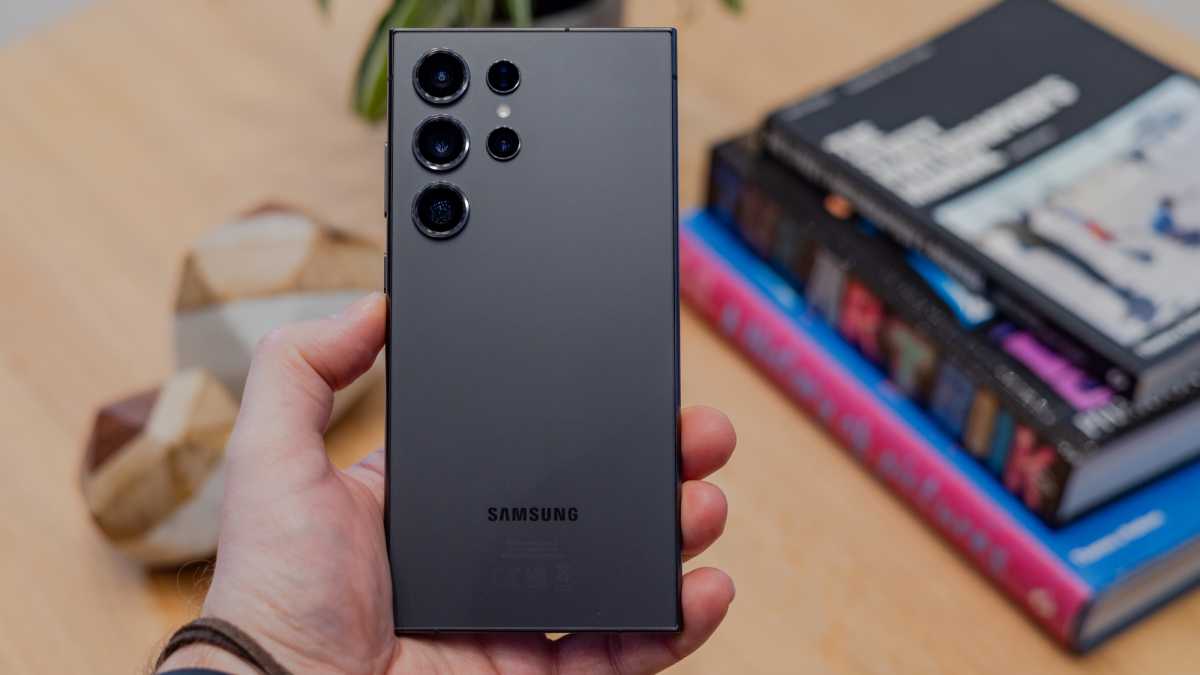








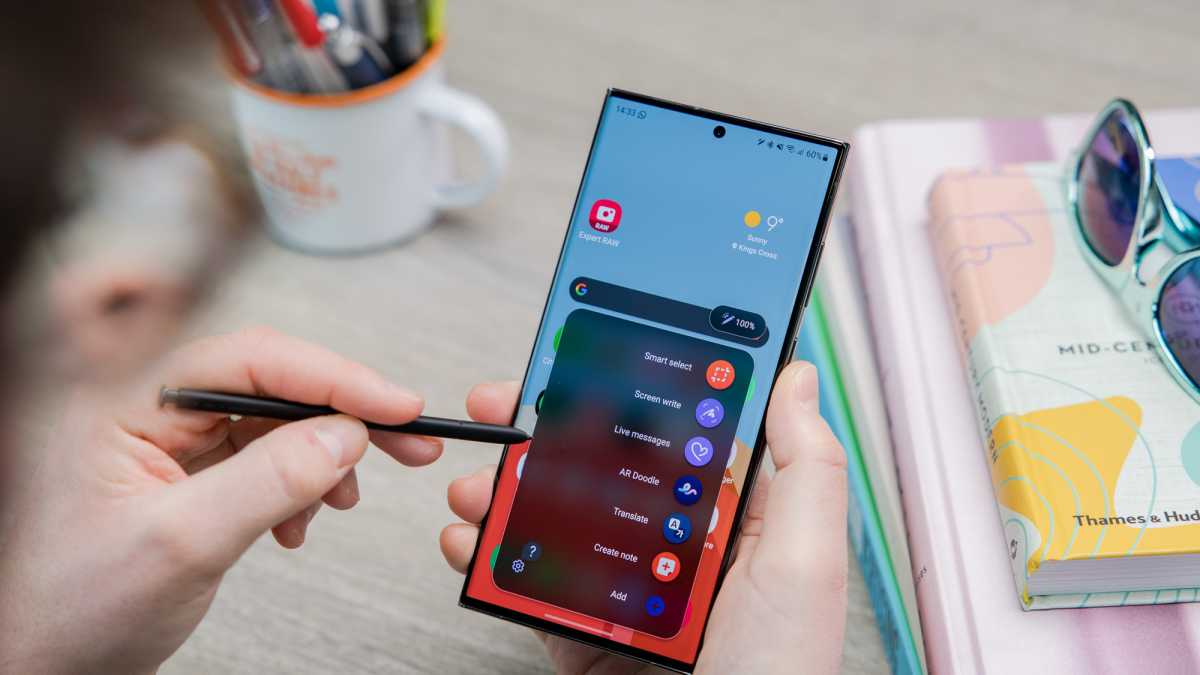





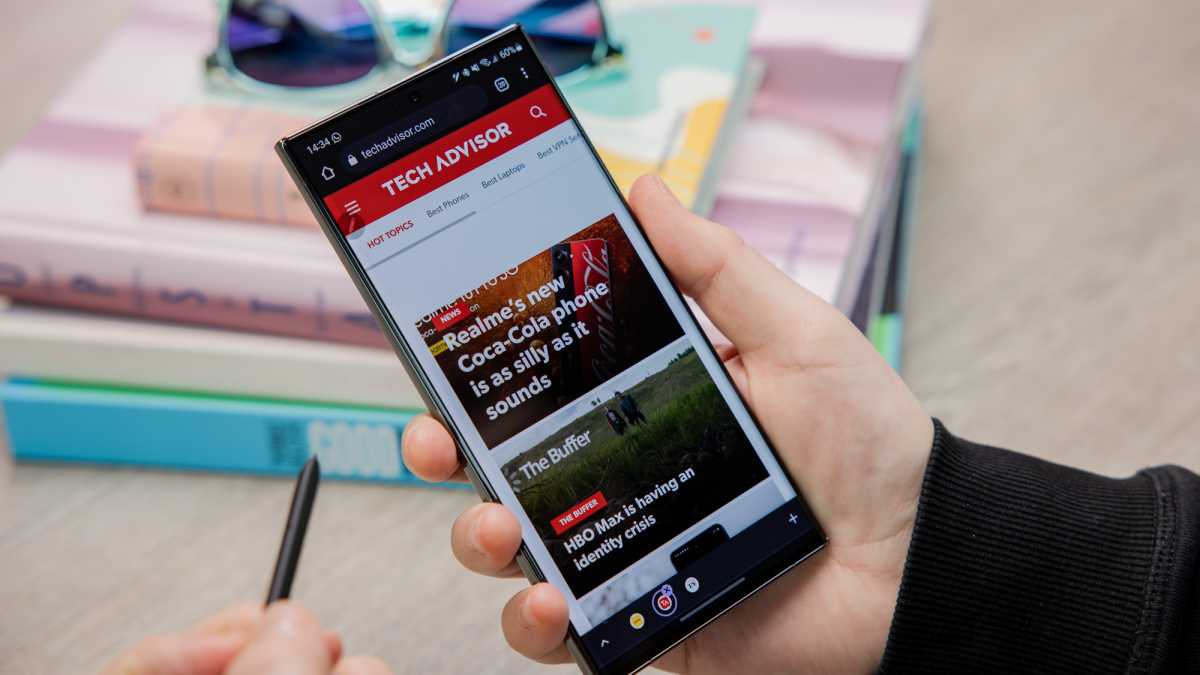


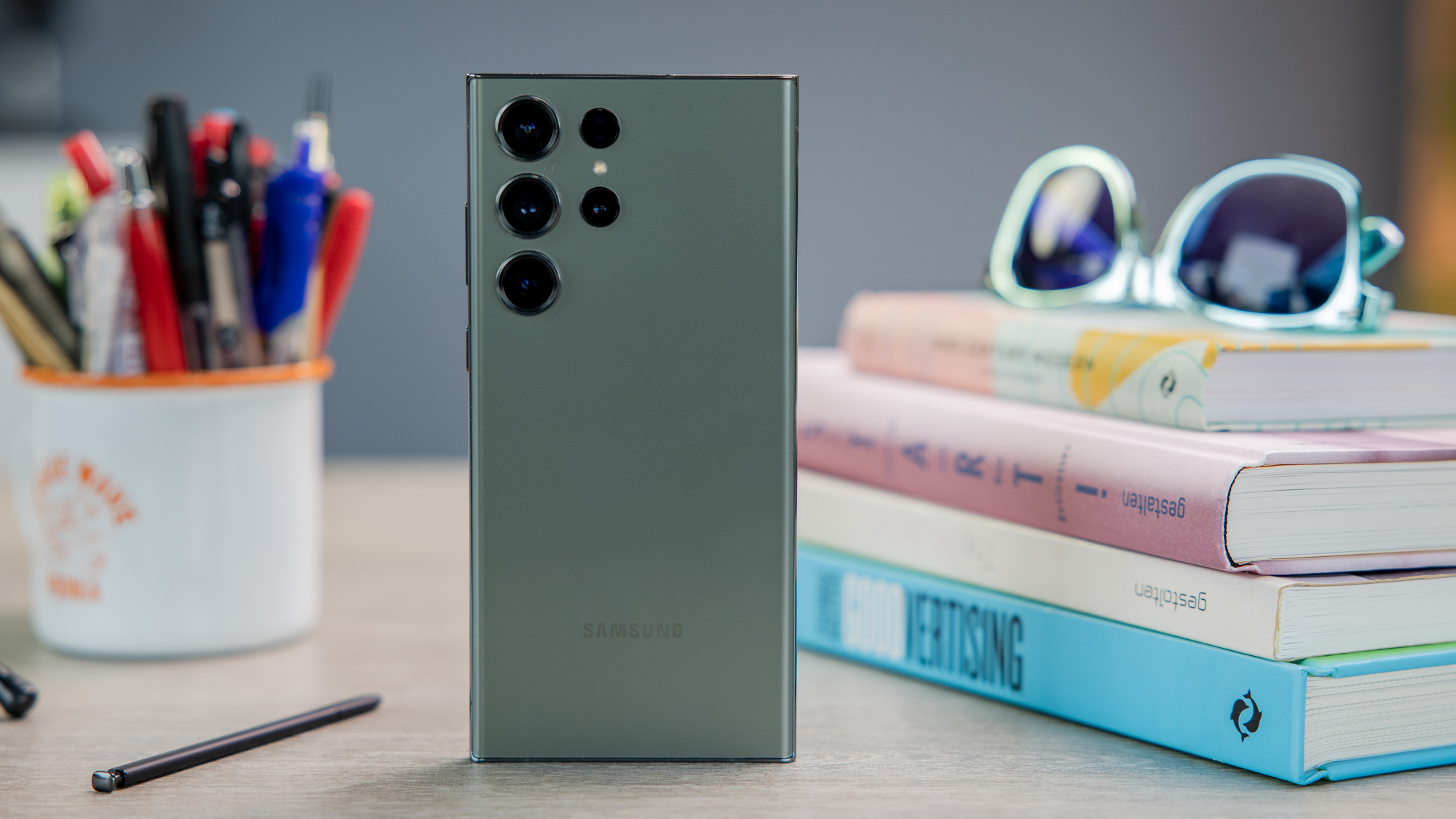
Read our review Best Prices Today: $1,199.99 at Amazon The Galaxy S24 Ultra comes with a hefty price tag as well, starting at $1,299.99/£1,249 for the base 256GB model. Higher storage configurations, such as 512GB and 1TB, are also available at higher prices. It can be purchased directly from Samsung US or Samsung UK. You can also get it through various third-party retailers, such as Amazon, Best Buy, and Target in the US, or Amazon, O2, and John Lewis in the UK. Samsung Galaxy S24 Ultra

Read our review Best Prices Today: $1,174 at Amazon Verdict The Galaxy S24 Ultra represents a significant upgrade over its predecessor, mostly offering improved hardware. Although the software features from the S24 Ultra are available on the S23 Ultra, using them on a much more powerful device makes a difference. The S24 Ultra boasts top-of-the-line hardware, including powerful Snapdragon 8 Gen 3 performance, a versatile camera system with a new 5x optical zoom, and a stunning flat display. The excellent battery life also adds to its appeal, plus it charges faster. The changes may not be that big, but they make a difference, especially as for nearly the same price, you get a more powerful phone that will be supported for much longer. So, if you are considering buying one of these models, go for the Galaxy S24 Ultra. On the other hand, if you already own the Galaxy S23 Ultra and are thinking of switching, I’d advise you to wait at least for the Galaxy S25 Ultra. Specs Samsung Galaxy S23 Ultra: 6.8-inch, 120Hz, WQHD+, AMOLED display Snapdragon 8 Gen 2 for Galaxy 8/12GB RAM 256/512GB/1TB storage 5000mAh battery 45W wired charging 15W wireless charging 200Mp f/1.7 main camera 12Mp f/2.2 ultrawide camera 10Mp f/2.4 3x optical telephoto camera 10Mp f/4.9 10x optical telephoto camera 12Mp f/2.2 front facing camera 5G Wi-Fi 6E Bluetooth 5.3 IP68 Gorilla Glass Victus 2 78.1 X 163.4 X 8.9mm 234g Android 14 with One UI 6.1 Samsung Galaxy S24 Ultra: 6.8-inch, 120Hz, WQHD+, LTPO AMOLED display Snapdragon 8 Gen 3 for Galaxy 12GB RAM 256/512GB/1TB storage 5000mAh battery 45W wired charging 15W wireless charging 200Mp f/1.7 main camera 12Mp f/2.2 120˚ ultrawide camera 50Mp f/3.4 5x optical telephoto camera 10Mp f/2.4 3x optical telephoto camera 12Mp f/2.2 front facing camera 5G Wi-Fi 7 Bluetooth 5.3 IP68 Gorilla Glass Armor (front), Gorilla Glass (back), titanium frame S Pen (integrated) 162.3 x 79 x 8.6mm 233g Android 14 with One UI 6.1 and Galaxy AI Seven years of software updates ...
Missing calls can be frustrating and sometimes worrisome. If your Android phone or iPhone isn’t ringing, the problem could be anything from simple settings issues to more complex hardware or software problems. Regardless, below you’ll find the most likely reasons that your phone isn’t ringing and what you can do to fix it. Why isn’t my phone ringing? A specific mode could be enabled One of the most common reasons for a phone not ringing is that it’s been set to ‘Silent’, ‘Do Not Disturb’ or ‘Airplane’ mode. If you turn on ‘Silent’ mode, it disables all sounds, including ringtones, while ‘Do Not Disturb’ mode blocks calls and notifications during specific times or in response to conditions you set. 

